What is the function of a balancing valve?
A balancing valve is a type of control valve that is used to regulate the flow of fluid in a piping system. It is designed to maintain a consistent flow rate through a branch of the system, even if the demand for fluid changes in other parts of the system. This is achieved by adjusting the size of the opening in the valve in response to changes in pressure or flow rate.
Balancing valves are often used in heating, ventilation, and air conditioning (HVAC) systems to control the flow of water or steam to heat exchangers or radiators. They are also used in other types of piping systems, such as those for fluids used in industrial processes or for distributing water in a municipal water supply system.
In addition to regulating flow, balancing valves can also be used to isolate a part of a piping system for maintenance or repair, or to shut off the flow of fluid completely. They can be manually adjusted or controlled by a central control system.
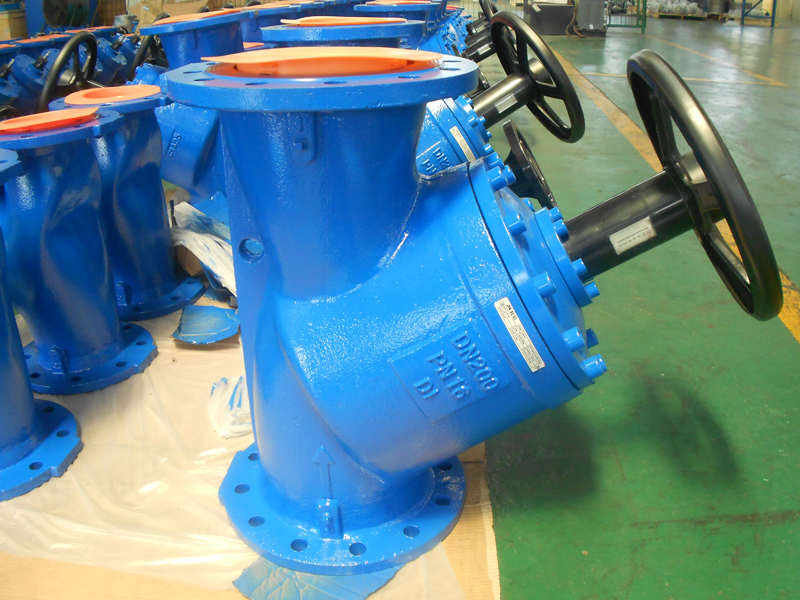
Why is balancing so important?
Balancing a piping system is important because it helps to ensure that the system is operating efficiently and effectively. When a piping system is properly balanced, the flow of fluid is distributed evenly throughout the system, which can help to improve the overall performance of the system.
For example, in an HVAC system, proper balancing can help to ensure that each room or area is receiving an appropriate amount of heating or cooling. If the system is not balanced, some areas may receive too much or too little heat, which can lead to discomfort or reduced energy efficiency.
Balancing a piping system can also help to reduce the risk of damage to the system. If the flow of fluid is not properly balanced, it can lead to high levels of stress on certain parts of the system, which can cause them to fail or wear out prematurely. Proper balancing can help to distribute the load more evenly and reduce the risk of damage.
Overall, proper balancing is an important part of maintaining and optimizing the performance of a piping system.
How do you check a balancing valve?
There are several steps that can be followed to check a balancing valve:
1.First, make sure the valve is in the fully open position. This can usually be done by turning the handle or knob on the valve fully clockwise.
2.Next, shut off the flow of fluid to the valve by closing the isolation valves on either side of the valve. This will allow you to isolate the valve and test it without affecting the rest of the system.
3.Measure the flow rate through the valve using a flow meter. This can be done by attaching the flow meter to the inlet and outlet of the valve and reading the flow rate indicated on the meter.
4.Compare the measured flow rate to the desired flow rate for the system. If the measured flow rate is significantly different from the desired flow rate, the valve may not be functioning properly.
5.If the flow rate is not as desired, adjust the valve by turning the handle or knob to increase or decrease the flow. It may be necessary to make several small adjustments to achieve the desired flow rate.
6.Once the desired flow rate has been achieved, open the isolation valves to restore flow to the system and continue to monitor the flow rate to ensure that it remains stable.
It is important to follow proper safety precautions when checking a balancing valve, including wearing protective clothing and equipment and following all relevant safety procedures for the system.
NORTECH Engineering Corporation Limited is one of the leading industrial valve manufacturers and suppliers in China,with more than 20 years experiences of OEM and ODM services.
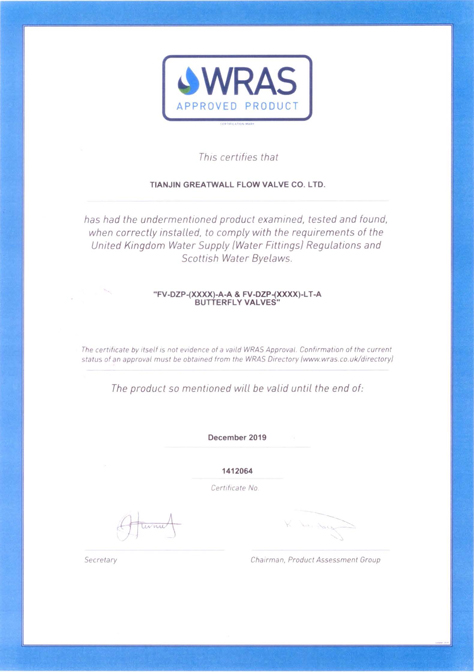
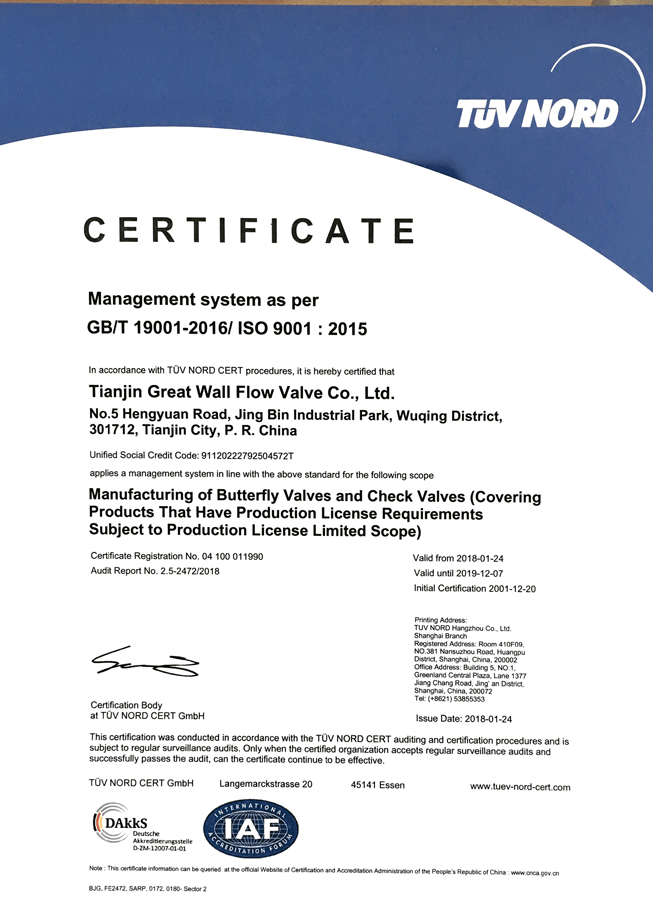
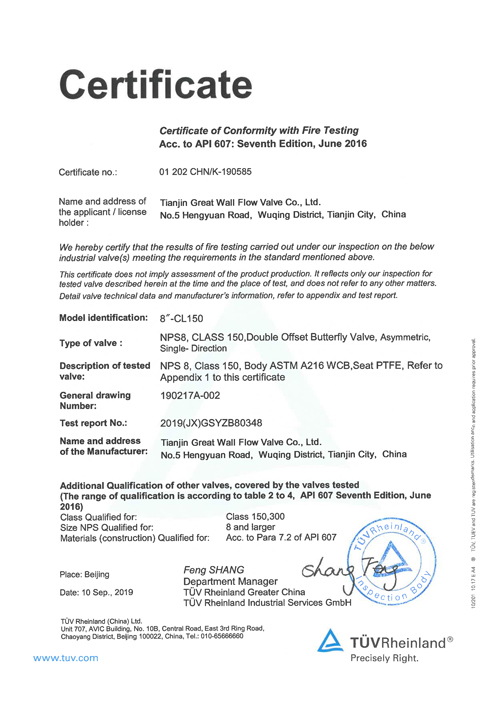
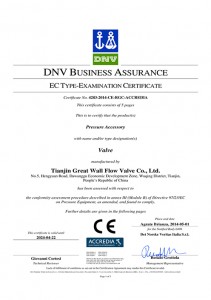
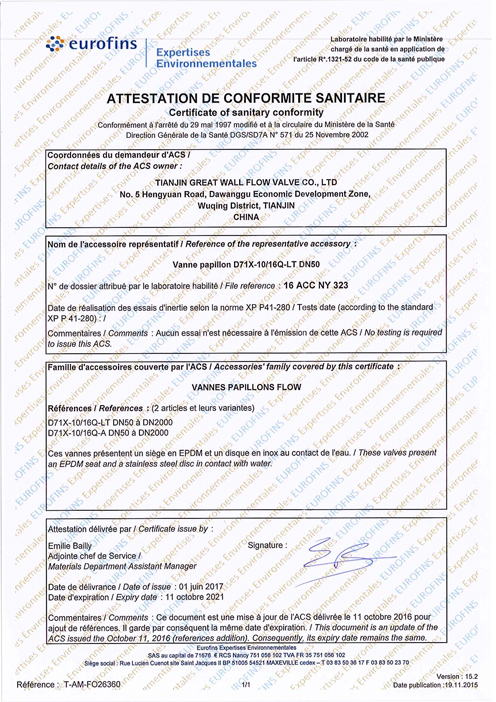
Post time: Dec-22-2022
